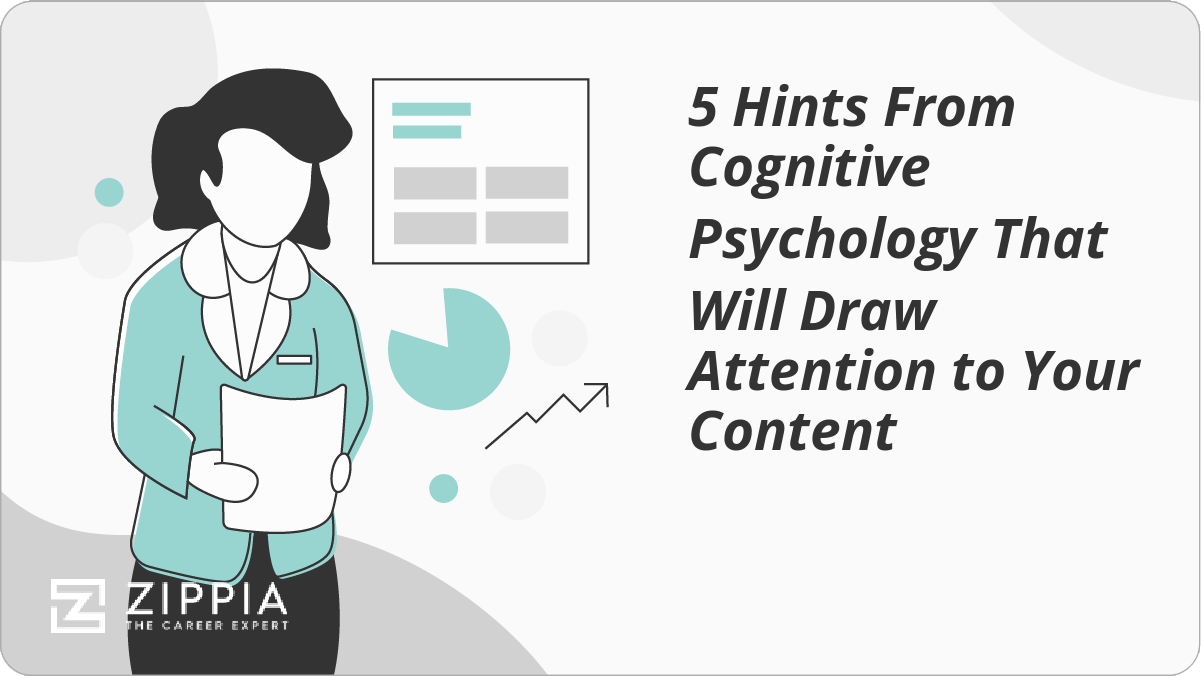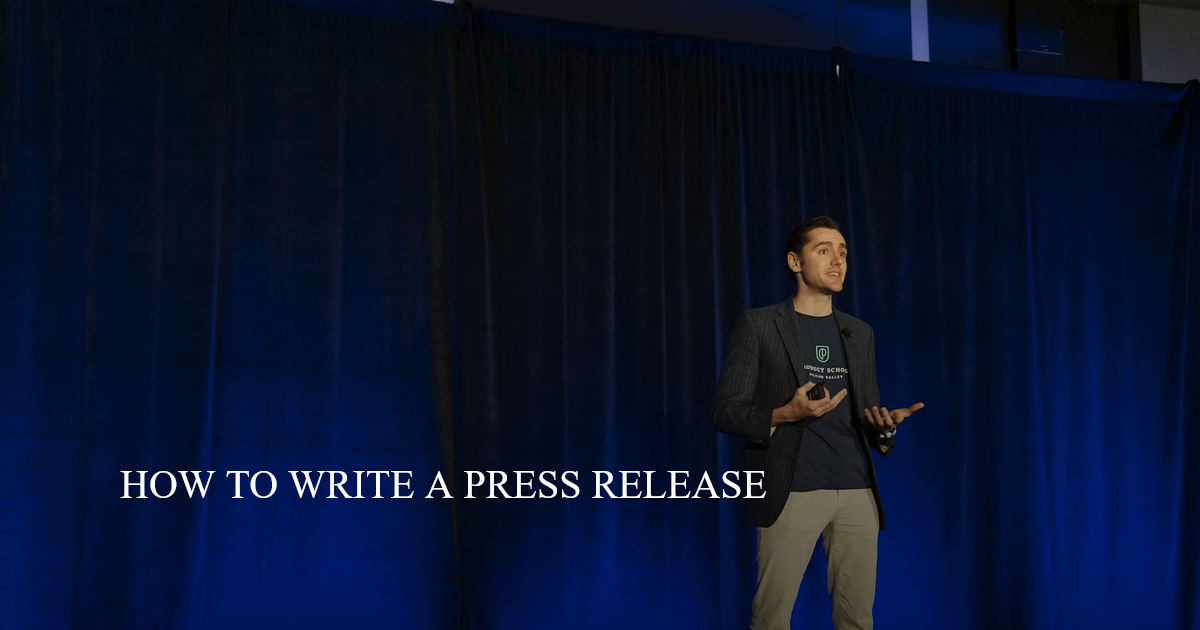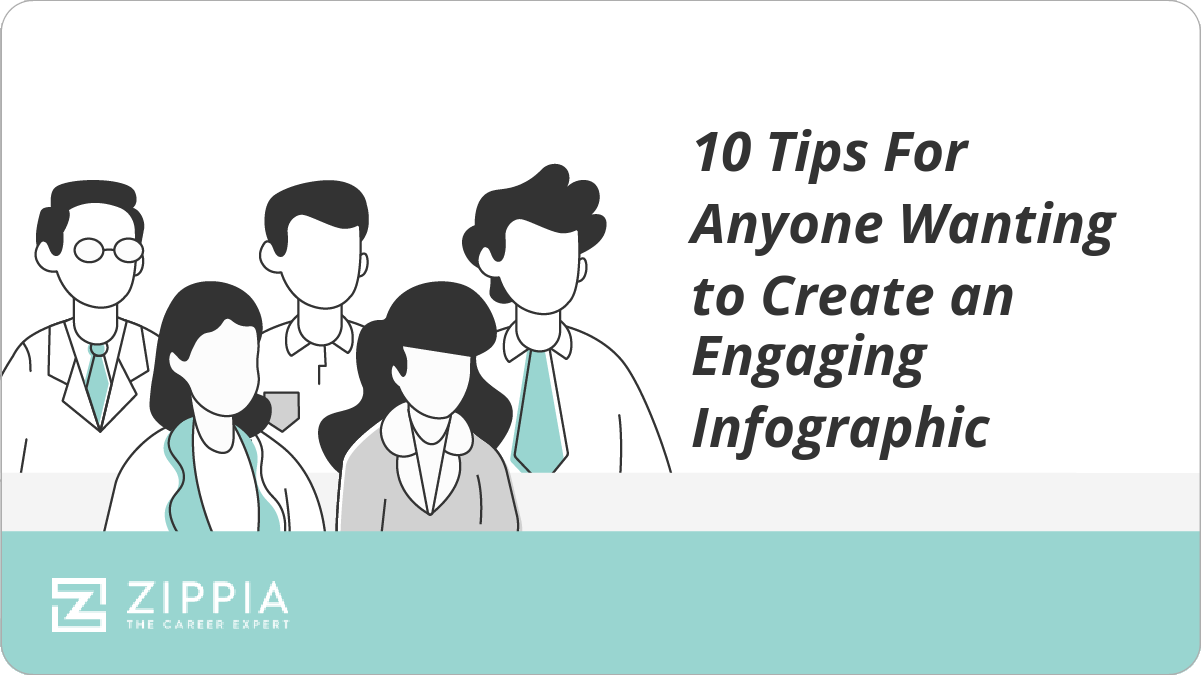When it comes to your content, there should always be room for innovation, new strategies, and fresh resources. Every professional marketer knows how important it is to look outside of the box and use your creativity, wittiness, and marketing talents to create killer content.
Therefore, it shouldn’t be surprising that many content writers and marketers turn to cognitive psychology for ideas on how to make their content even better.
The truth is, cognitive psychology can help you stand out from your competitors, make a better impression, and win the content marketing game. We know you’re curious to find out more, and we’ve got you covered.
Key Takeaways:
-
Cognitive psychology includes the study of thinking and decision-making, and understanding these processes can help you create content that will reach and resonate with your intended audience.
-
Pay attention to the font, colors, and other design elements of your content in terms of how easy they make it for a viewer to process the information. Unpleasant colors or fonts that are difficult to read might prevent people from receiving the message you want them to.
-
Be conscious of your audience’s attention span by making sure that your content contains substantial information that will actively engage the viewer.

What is cognitive psychology?
Before we dive into the power of cognitive psychology in making your content better, let’s define it and see what it’s all about.
Cognitive psychology is defined as “the area of psychology that focuses on internal mental processes. Such processes include thinking, decision-making, problem-solving, language, attention, and memory.” (Explore Psychology)
In other words, by styling cognitive psychology, we can learn about the way people perceive different notions, how they memorize things, and what captures their attention.
Obviously, this is highly important to content writers who want to have their message understood, memorized and accepted by a wide range of people.
Let’s see how cognitive psychology is directly linked to content writing and grabbing your audience’s attention. Below are five hints from cognitive psychology that will help you write winning content.
5 Cognitive Psychology Hints for Your Content
-
Cognitive Fluency
Have you ever considered the importance of presentation, design, and the visual effect of your content to the overall impact it makes on your audience?
This can be explained through the concept of cognitive fluency. Cognitive fluency is defined as “the ease with which our brains process information”. In other words, cognitive fluency explains why and how we process certain information, based on the way they’re presented to us.
In terms of content writing, cognitive fluency can help you make your content better through:
-
Fonts. Use fonts which are clear and easy to read. This will create a feeling of ease with your readers and help them accept your content as believable and trustworthy.
If you make your content hard to read, your audience might give up reading half way through or perceive it as false.
-
Vocabulary. Make your content feel familiar to your readers. Don’t use sensational and complicated vocabulary.
Use everyday vocabulary that your readers will easily understand and perceive.
-
Design. Make your design clear and not confusing. Use color contrasts to point the most important parts and emphasize your point.
Note that the way you present information to your audience matters and take the hint from cognitive psychology to make it more fluent and widely accepted.
-
-
Decision-Making
Cognitive psychology can help you motivate your readers to take the desired actions and subtly guide them in the right direction.
The decision-making process is based on reasoning. In other words, you need to show your readers why to believe you and do what you say.
Here’s what your content needs to provide:
-
Need. Tell them why they need to be reading it. Give them a clear reason for why they belong to the target category.
-
Information. Provide data about whatever it is you’re writing about. Give them firm evidence of your knowledge.
-
CTA. Ask them to perform the desired action. They need this additional motivation to seal the deal and make the final decision of doing what you’re recommending.
Create a powerful call-to-action to finalize your mission. If you’re aiming to persuade your readers into doing something, you need to make your content convincing and cleverly structured.
-
-
Social Influence
When reading content online and browsing through webpages, most people are aware marketers are trying to convince them to buy their product or service.
While there’s nothing wrong with this concept, you still need to walk the extra mile and give them a reason to trust you. Cognitive psychology recommends the use of a phenomenon called social proof or social influence.
It’s the average consumer’s or reader’s need to check other people’s experience and opinions before taking any action. For content writers, it means you should:
-
refer to previous customers’ review and testimonials
-
refer to case-studies
-
collaborate with reliable influencers
-
portray user-generated content
-
encourage your audience to leave reviews and comments
Make sure you show your readers your information is reliable and other people trust you. This way, you’ll create a firm bond with all your audience members and have a stronger connection with them.
-
-
Color Psychology
The way we perceive certain things is sometimes influenced by its predominant color. Although each person has a different favorite color, we all tend to have the same emotions towards certain colors. Take a look at these examples:
-
blue: creates a sense of trustworthiness and loyalty
-
red: grabs attention fast and creates a sense of urgency
-
black: symbolizes luxury and high-quality
-
green: symbolizes balance, relaxation, and health
You can use the color psychology principles to enhance the message of your content and make it hit all the right buttons with your audience.
Make use of it for the design of your blog posts, social media posts, videos and other forms of promoting your content.
-
-
Attention Span
Cognitive psychology examines the way we perceive things in terms of attention and focus. It can help us gain a better understanding of what type of content will help us keep our readers interested, and concentrated, rather than bored.
Although we tend to make quick judgment calls based on very little information, this doesn’t mean your content should be nothing more but a bunch of flashy headlines and superficial information. On the contrary, the best way to keep your audience interested in your content and help them maintain their focus is to:
-
provide reliable information
-
ask engaging questions
-
have them actively participate in drawing conclusions and processing information
-
give them credit
By providing valuable information, and evoking deep thinking with your audience, you’re grabbing their attention for good.
Moreover, you’re helping them memorize the information easier and leave a permanent trace in their consciousness.
-
Cognitive Psychology for Content FAQs
-
What is the best color for getting a viewer’s attention?
The best color for getting a viewer’s attention is red. The color red tends to stand out and catch people’s attention, which is why advertising text is often written in a red font, though your color and design scheme will vary depending on your company.
-
What are the best fonts to use in content?
The best fonts to use in content are bold fonts that are easy to read. While some content might use cursive or other “fancier” fonts, this will largely depend on your company and any potential products you are trying to sell.
In general, you should focus on clarity and readability and select a font accordingly. Whether the viewer is scrolling through your content on a webpage or seeing it on a poster or advertisement, you want the words to catch their attention easily.
-
How long should advertising copy be?
Advertising copy should be no longer than two to three lines of main text. You might include additional details elsewhere, but the main part of your advertisement should be brief and to the point to get its message across.
-
What do people respond to most in content?
People respond most to emotional appeals in content. Consumers tend to rely on emotions to make decisions more than on hard facts and information. If your content makes someone feel something, they will remember it more clearly than if it simply tells them something.
People are also drawn to content which comes from a source that they perceive to be trustworthy, so building consumer trust in your brand goes a long way.
Final Thoughts
It’s always a good idea to invest your energy into making your content more powerful and attention-grabbing. Cognitive psychology can help you immensely on your mission to perfect your content. All you need to do is take the right hints.
Therefore, make sure to read the above-given list carefully and use cognitive psychology to create impactful, first-class content.
- Communication In The Workplace





